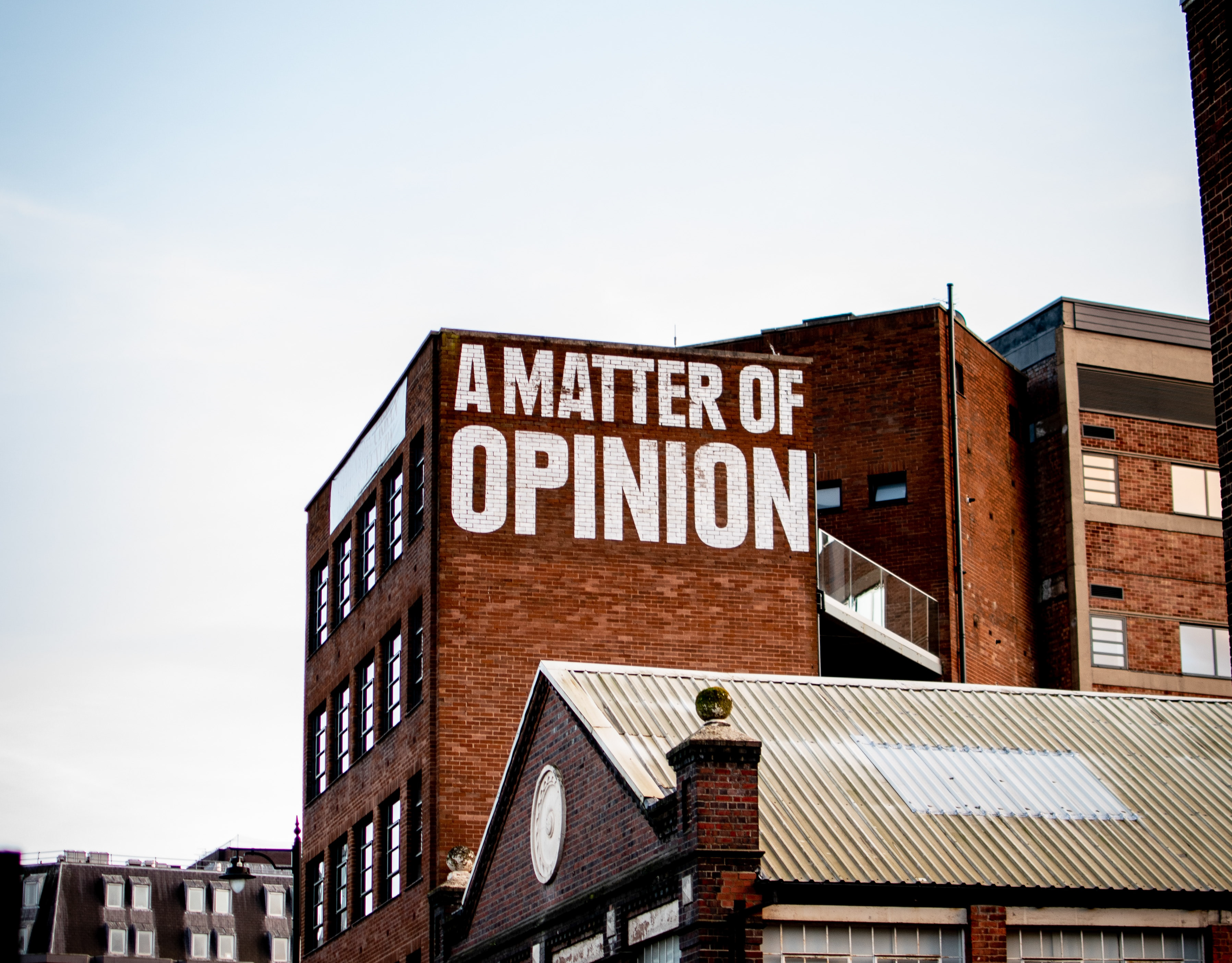A logo is more than just a graphic symbol that represents your business. It is the visual cornerstone of your brand identity, the way you communicate who you are, what you do, and how you do it to your customers and prospects. A strong logo and brand identity can help you stand out from the crowd, build trust and loyalty, and grow your business.
What is a logo and a brand identity?
A logo is a distinctive design that identifies your business or organization. It can be composed of text, images, shapes, colors, or a combination of these elements. A logo should be simple, memorable, versatile, and relevant to your industry and target audience.
A brand identity is the overall look and feel of your business, including your logo, colors, fonts, images, tone of voice, and other visual elements. A brand identity should be consistent across all your marketing channels and touchpoints, such as your website, social media, packaging, signage, stationery, etc. A brand identity should reflect your mission, vision, values, personality, and unique selling proposition.
Why are they important?
A strong logo and brand identity can have many benefits for your business, such as:
Creating a positive first impression: Your logo and brand identity are often the first things that potential customers see when they encounter your business. They can influence how they perceive you and whether they want to learn more about you or not. A well-designed logo and brand identity can convey professionalism, credibility, quality, and value.
Building recognition and awareness: Your logo and brand identity can help you become more recognizable and memorable in the market. They can help you differentiate yourself from your competitors and create a lasting impression on your customers. A consistent logo and brand identity can also increase your visibility and exposure across various platforms and media.
Establishing trust and loyalty: Your logo and brand identity can help you build a strong relationship with your customers. They can communicate your core values, purpose, and promise to your customers and show them that you care about their needs and expectations. A loyal customer base can lead to repeat purchases, referrals, and positive word-of-mouth.
Supporting your marketing strategy: Your logo and brand identity can support your marketing efforts and goals. They can help you attract your ideal customers, communicate your unique selling proposition, and persuade them to take action. They can also help you create a consistent brand experience that aligns with your customer journey.
How to create a strong logo and brand identity?
Creating a strong logo and brand identity requires research, planning, creativity, and testing. Here are some steps you can follow:
Define your target audience: You need to know who you are trying to reach with your logo and brand identity. You should understand their demographics, psychographics, needs, wants, pain points, preferences, behaviors, etc.
Analyze your competitors: You need to know who you are competing with in the market. You should study their logos and brand identities and identify their strengths and weaknesses. You should also look for gaps or opportunities where you can stand out or offer something different or better.
Clarify your brand strategy: You need to know what you want to achieve with your logo and brand identity. You should define your mission, vision, values, personality, tone of voice, unique selling proposition, etc.
Design your logo: You need to create a graphic symbol that represents your business. You should consider the type of logo (e.g., wordmark, lettermark, pictorial mark), the color scheme (e.g., warm vs. cool colors), the typography (e.g., serif vs. sans serif fonts), the shape (e.g., geometric vs organic forms), etc. You should also make sure that your logo is simple, memorable, versatile (e.g., scalable for different sizes), relevant (e.g., appropriate for your industry), etc.
Develop your brand identity: You need to create a visual system that complements your logo. You should choose the colors (e.g., primary vs. secondary colors), fonts (e.g., headline vs. body fonts), images (e.g., photos vs. illustrations), icons (e.g., flat vs. 3D icons), etc. that match your brand strategy. You should also create a style guide that documents the rules and guidelines for using these elements consistently.
Test your logo and brand identity: You need to validate that your logo and brand identity work well for your business. You should test them with your target audience (e.g., through surveys or focus groups) and get feedback on their impressions, preferences, and emotions. You should also test them on different applications and media (e.g., website, social media, packaging, signage, stationery, etc.) and check for any issues or errors.





